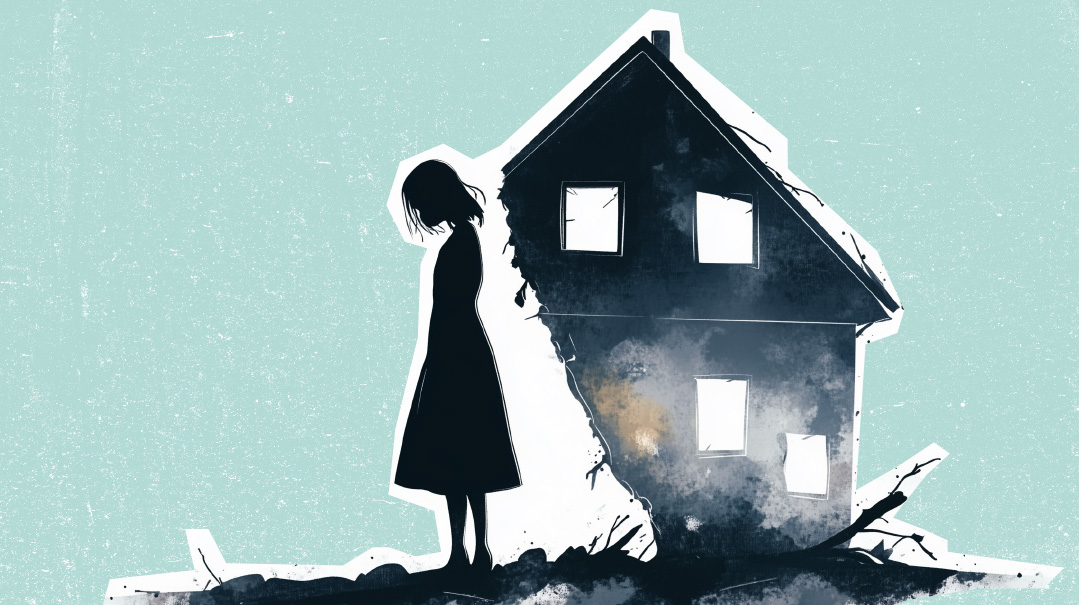“My Three-Year-Old’s Many Fears”

Whether a three-year-old or 60-year-old is experiencing panicky feelings, the steps to recovery will be similar

Q
I was wondering if you have any advice on what I can do with my three-year-old who is experiencing many fears. Sometimes my son will simply tell me he’s afraid of something (a shadow in his room, a teddy bear, clowns, etc.), but once in a while I see his body shaking. How can I empower him while being validating at the same time?
A
I really like your question because you include two very important aspects of the treatment of fear: empowerment and validation. Whether a three-year-old or 60-year-old is experiencing panicky feelings, the steps to recovery will be similar. Let’s take a look at what’s involved.
Anxiety itself is a vulnerable feeling. When your three-year-old son experiences it, he may just be feeling the way very small and very young — truly vulnerable — people feel in the world. It’s hard for a little person to know what a shadow is, why it’s moving, what danger it might portend. A toy bear may provoke discomfort much the same way as a dead stuffed snake might for a normal adult ( visit the reptilian section of your local nature museum to see how comfortable you might feel sleeping beside certain lifeless creatures). Clowns are just plain creepy unless you’re already very familiar with the harmless friendliness that lays underneath the shocking, bizarre-looking painted face.
Therefore, validation is very much in order. “Yes, that does look a bit scary!” In fact, if an adult woman feels repulsion, discomfort, or fear when viewing the gigantic sneering dead snake in the museum, she’d do well to speak to her own inner three-year-old in the same way: “Yes, that’s a scary looking creature!” Validation coming from within or without allows the child (or the child part within an adult) to relax a little. The inner child in us says, Someone understands and can relate to my problem! I’m in good hands! I can trust this person to help me.
This is the opposite of the conclusion we reach when we’re invalidated. “Oh, there’s nothing to be afraid of! See? It’s just a toy (dead animal).” The child concludes: Clearly this person doesn’t get it, and therefore, clearly, I can’t trust her to help me through my crisis. Validation — acknowledging that a feeling makes sense — helps build the trust necessary to move from feeling vulnerable to feeling empowered.
Without that trust, the child instinctively erects stronger defenses, as if to say, “If you can’t help me, then I’ll just have to help myself.” At this point any attempt to help the child will fail. His desperately erected fences have shut down his ears, his terrified brain is frozen in place, and nothing that any inner or outer adult will say will penetrate those barriers. Therefore, saying to your own son, “Yes, that does look a bit strange, doesn’t it?” is the first step for you to take.
From there, you can move into a teaching mode. However, the lesson you want to convey isn’t a cognitive one: You won’t need to tell your son how stuffed animals are made or how clowns put on their makeup. Fear that triggers the amygdala (the brain’s danger-scanning organ) isn’t cured by facts and information. Rather, it’s cured through physical experience. We know that your son is experiencing amygdala-type fear because he sometimes shakes with anxiety. Shaking happens when the amygdala, sensing danger, releases the emergency chemical adrenaline. This sends a surge of energy to ready the body for battle or escape (fight or flight). When a person is neither fighting nor fleeing, that excess energy can cause nonpurposeful movement in the limbs, such as shaking.
Your son’s sensing mechanisms are picking up danger signals in his environment and releasing adrenaline. You can empower him by providing him with comfort and safety along with choice and freedom when he feels fear. For instance, you can invite him to sit on your lap for a few short minutes, with your arms protectively wrapped around him so he can safely watch the shadows with you. Allow him to get off your lap whenever he wants to. Repeat daily, increasing the sitting time little by little, and as he permits, until his body concludes (by no longer shaking) that there’s no danger.
If he’s too terrified for this “exposure therapy,” you can try the exercise using pictures of shadows before moving on to real shadows or by giving him Rescue Remedy (which helps reduce the amount of adrenaline in the body) before doing the exercise. If this doesn’t calm him sufficiently, you can have a professional teach him how to relax his body on his own before he does his therapy, as there are many calming techniques that can be helpful.
The essence of the curative treatment is calm safety plus freedom plus exposure — over and over and over again.
(Originally featured in Family First, Issue 886)
Oops! We could not locate your form.





